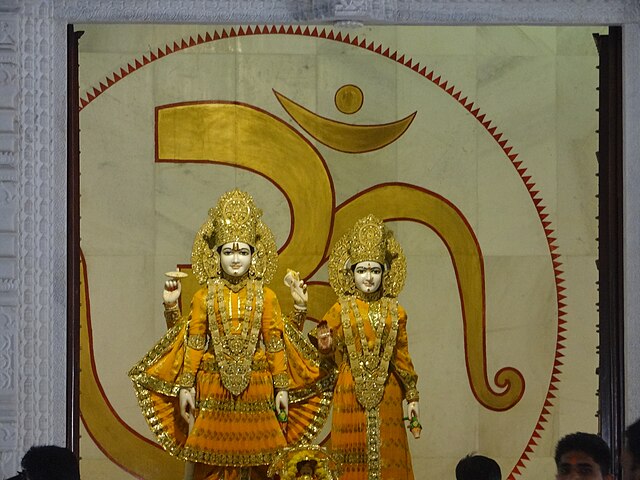Have you ever stood before a place so breathtaking that your camera feels like an extension of your soul, itching to capture every detail? That’s exactly what Birla Mandir in Jaipur does to you. This white marble masterpiece, also known as the Lakshmi Narayan Temple, isn’t just a spiritual haven—it’s a photographer’s paradise. From its shimmering domes to its intricate carvings, every corner begs to be immortalized. In this guide, I’ll take you on a visual journey through Birla Mandir Jaipur photos, sharing tips to capture its essence, insights into its history, and why this temple is a must-visit for anyone chasing beauty and serenity in the Pink City. Ready to dive in?
Why Birla Mandir is a Photographer’s Dream
Picture this: a temple carved entirely from gleaming white marble, perched on an elevated platform with the rugged Moti Dungri hill as its backdrop. The Birla Mandir in Jaipur isn’t just a place of worship; it’s a canvas of light and texture. The way sunlight dances on its polished surfaces, casting soft shadows through intricate jaali work, feels like a gift to anyone with a camera in hand. Whether you’re a professional photographer or just snapping pics with your phone, the temple’s architecture offers endless angles to explore. From close-ups of delicate carvings to wide shots of its glowing domes at sunset, every frame tells a story.
The Magic of White Marble
The first thing that strikes you about Birla Mandir is its pristine white marble. Unlike the colorful facades of Jaipur’s palaces, this temple radiates purity and elegance. The marble reflects light in a way that makes the entire structure glow, especially during the golden hours of sunrise and sunset. Photographers love this because it creates a soft, ethereal quality in their shots. Want to capture the marble’s magic? Try shooting in the early morning when the light is gentle, or at dusk when the temple is illuminated, transforming into a beacon against the Jaipur skyline.
Intricate Carvings That Tell a Story
Zoom in on the temple’s walls, and you’ll find a treasure trove of carvings—each one a tiny masterpiece. From Hindu mythological scenes to symbols like Om and Swastika, these details are a photographer’s delight. You could spend hours focusing on the delicate etchings of Lord Vishnu and Goddess Lakshmi or the philosophical quotes from the Gita and Upanishads. A macro lens works wonders here, letting you capture the texture of the marble and the precision of the craftsmanship. Don’t you just love when art and spirituality blend so seamlessly?
A Brief History of Birla Mandir
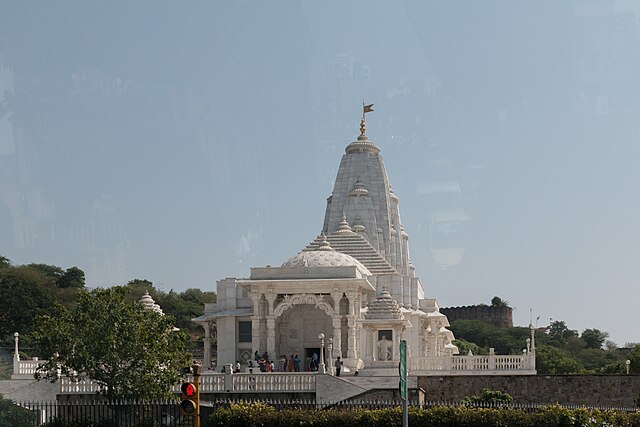
Before we get lost in the visuals, let’s take a quick trip back in time. Built in 1988 by the B.M. Birla Foundation, Birla Mandir is a relatively modern addition to Jaipur’s landscape. The land was gifted by the Maharaja of Jaipur for a symbolic one rupee—a gesture that speaks volumes about the temple’s cultural significance. Dedicated to Lord Vishnu and Goddess Lakshmi, the temple embodies wealth, prosperity, and spiritual harmony. Its construction, overseen by luminaries like Ramanauj Das and Ghanshyam Birla, blends traditional Hindu architecture with modern flair, making it a unique subject for photography.
The Birla Legacy
The Birla family, known for their industrial prowess and philanthropy, left an indelible mark on India with their chain of temples. Jaipur’s Birla Mandir is one of many, yet it stands out for its location and design. The family’s vision was to create a space that welcomes all, regardless of faith, which is why you’ll find figures like Buddha, Christ, and Socrates carved on its outer walls. This inclusivity adds a layer of depth to your photos, making them not just visually stunning but also thought-provoking.
Best Times to Capture Birla Mandir Jaipur Photos
Timing is everything in photography, right? At Birla Mandir, the light can make or break your shot. The temple’s white marble responds dramatically to different lighting conditions, so choosing the right time of day is key. Let’s break down the best moments to click that shutter.
Golden Hour Glory: Sunrise and Sunset
There’s something magical about the golden hour at Birla Mandir. At sunrise, the temple bathes in a warm, golden glow that softens its edges and highlights its carvings. Sunset, on the other hand, paints the marble with hues of orange and pink, creating a dreamy backdrop. These times are perfect for capturing the temple’s exterior, especially wide shots that include the lush gardens and Moti Dungri hill. Pro tip: Use a polarizing filter to reduce glare and enhance the sky’s colors.
Nighttime Splendor: The Illuminated Temple
When the sun goes down, Birla Mandir transforms into a glowing jewel. The temple’s lights cast a warm, inviting hue, making it a fantastic subject for night photography. Long exposure shots can capture the interplay of light and shadow, especially around the domes and entrance. Just imagine the temple standing tall against a starry sky—doesn’t that sound like a shot worth framing?
Photography Tips for Birla Mandir
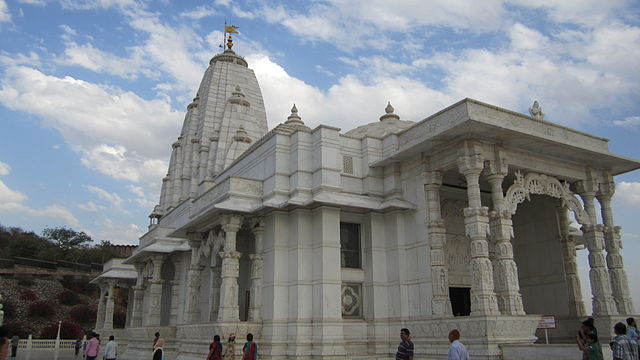
Ready to snap some Insta-worthy shots? Here are some practical tips to make your Birla Mandir Jaipur photos stand out.
Play with Angles and Perspectives
Don’t just stick to eye-level shots. Climb the steps for a higher vantage point or crouch low to capture the temple’s grandeur from below. The three domes, symbolizing India’s major faiths, look striking when framed against the sky. Try shooting through the jaali work for a unique, patterned effect. Experimentation is your friend here—why settle for ordinary when you can create something extraordinary?
Capture the Details
The devil’s in the details, and Birla Mandir has plenty of them. Focus on the stained glass windows, which depict mythological stories in vibrant colors. Or zoom in on the marble statues of Lord Vishnu and Goddess Lakshmi, adorned with ornate jewelry. These close-ups add variety to your photo collection and tell the temple’s story in a way wide shots can’t.
Respect the Rules
Here’s a heads-up: photography inside the main temple and around the sanctum is generally not allowed. This is to maintain the sanctity of the space. However, you’re free to photograph the exterior, gardens, and surrounding areas. Always check with the temple staff before clicking away, and respect any signs or instructions. Nothing ruins a photo session like an awkward encounter with a guard, right?
Exploring the Temple Complex
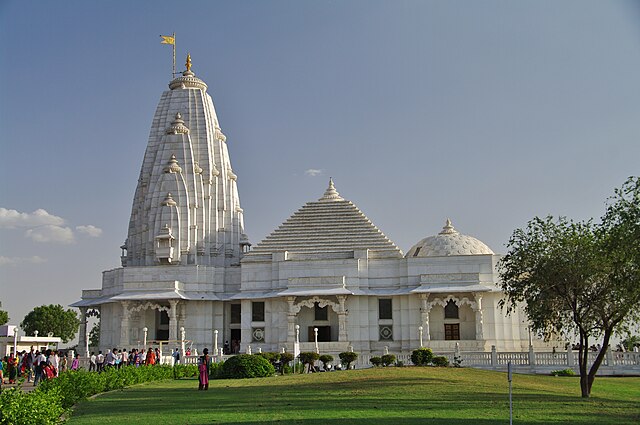
Birla Mandir isn’t just about the main structure. The surrounding complex offers plenty of photo opportunities, from lush gardens to a museum showcasing the Birla family’s legacy. Let’s explore what else you can capture.
The Lush Gardens
The gardens around Birla Mandir are a green oasis, perfect for adding a natural element to your photos. Frame the temple with vibrant flowers or use the greenery as a foreground for a more dynamic composition. Early morning shots with dew-kissed grass can add a fresh, serene vibe to your images. It’s like nature and architecture holding hands in perfect harmony.
The B.M. Birla Family Museum
Tucked beneath the temple, the B.M. Birla Family Museum is a hidden gem. While you can’t photograph the artifacts inside, the exterior and its pavilion-like setting offer great shots. The statues of Rukmani Devi Birla and Braj Mohan Birla, with hands folded in namaskāra mudra, make for poignant images. These elements add a human touch to your visual narrative.
Cultural and Spiritual Significance
Birla Mandir is more than a pretty face—it’s a spiritual and cultural landmark. Understanding its significance can add depth to your photos. The temple’s dedication to Lord Vishnu and Goddess Lakshmi symbolizes prosperity and divine protection. The inclusion of figures from other faiths, like Christ and Buddha, reflects India’s secular ethos. Capturing these elements—like the stained glass windows or the diverse carvings—can convey a powerful message of unity and spirituality.
Festivals and Aarti Ceremonies
If you’re lucky enough to visit during Janmashtami, the temple comes alive with decorations and festivities. The aarti ceremonies, held morning and evening, are a sensory delight with chants, bells, and flickering lamps. While you can’t photograph the aarti itself, the vibrant energy spills into the surroundings, making for lively exterior shots. Imagine capturing the glow of diyas against the marble—pure magic!
How to Reach Birla Mandir
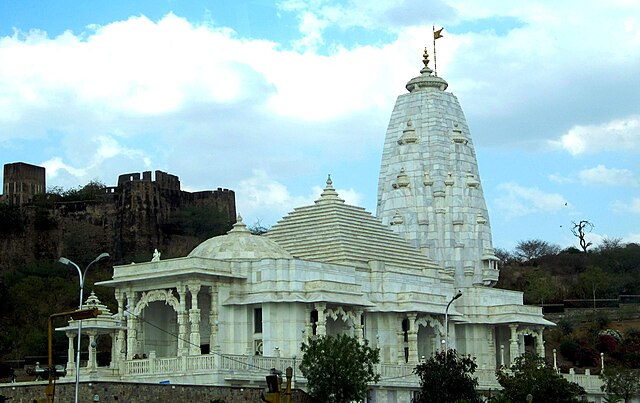
Getting to Birla Mandir is a breeze, thanks to its central location in Jaipur’s Tilak Nagar neighborhood. Whether you’re taking a rickshaw, taxi, or local bus, the temple is easily accessible. It’s just 5 km from Jaipur’s railway station and a short drive from the airport. For photographers, this means you can spend less time traveling and more time shooting. Plus, there’s ample parking if you’re driving—how convenient is that?
Nearby Attractions for More Photo Ops
Birla Mandir’s location makes it a perfect stop on a larger Jaipur itinerary. Nearby, you can visit Moti Dungri Fort for panoramic city views or the Ganesh Mandir for more spiritual shots. Hawa Mahal, City Palace, and Amber Fort are also within easy reach, each offering its own visual treasures. Why not make a day of it, capturing Jaipur’s rich heritage in one go?
Moti Dungri Fort
Just up the hill from Birla Mandir, Moti Dungri Fort is a historic gem with a darker, rugged charm that contrasts beautifully with the temple’s white marble. Photograph the fort as a backdrop to the temple for a striking composition. The elevated view also lets you capture Jaipur’s skyline, adding context to your shots.
Hawa Mahal and Beyond
Hawa Mahal, with its iconic honeycomb facade, is a short drive away and a must for any photographer. Its pink sandstone glows in the morning light, offering a vibrant contrast to Birla Mandir’s serene whites. Combine these stops for a diverse photo collection that captures Jaipur’s multifaceted beauty.
Practical Tips for Visiting Birla Mandir
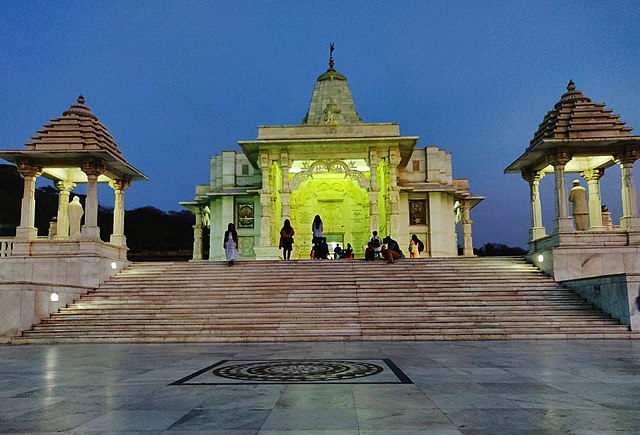
Planning a visit? Here’s what you need to know. The temple is open from 6:00 AM to 12:00 PM and 3:00 PM to 9:00 PM daily, with no entry fee. The best time to visit is between September and March when Jaipur’s weather is pleasant. Dress modestly, remove your shoes before entering, and be prepared for a serene, crowd-free experience in the early morning or evening. Oh, and don’t forget to charge your camera battery!
Why Birla Mandir Photos Stay With You
There’s something about Birla Mandir photos that lingers in your heart. Maybe it’s the way the marble glows under the sun, or the intricate carvings that whisper ancient stories. Perhaps it’s the peaceful vibe that seeps into every frame. These images aren’t just pictures; they’re memories of a place where art, faith, and nature collide. Whether you’re sharing them on Instagram or framing them for your wall, your Birla Mandir Jaipur photos will always feel like a piece of Jaipur’s soul.
Conclusion
Birla Mandir in Jaipur is more than a temple—it’s a visual and spiritual journey that leaves you in awe. Its white marble facade, intricate carvings, and serene gardens make it a haven for photographers and travelers alike. Whether you’re capturing the golden hour glow, the nighttime illumination, or the cultural richness of its festivals, every photo tells a story of beauty and devotion. So, grab your camera, plan your visit, and let Birla Mandir’s charm fill your lens and your heart. What are you waiting for? Jaipur’s sacred marvel is calling!
FAQs About Birla Mandir Jaipur Photos
1. Can I take photos inside Birla Mandir?
Photography inside the main temple and sanctum is generally not allowed to maintain its sanctity. However, you can freely photograph the exterior, gardens, and surrounding areas. Always check with temple staff for the latest rules.
2. What’s the best time to photograph Birla Mandir?
The golden hours—sunrise and sunset—are ideal for capturing the temple’s white marble in warm, soft light. Evening shots with the temple illuminated are also stunning.
3. Are there any photography restrictions at Birla Mandir?
Yes, photography is restricted inside the main temple area. Stick to capturing the exterior, gardens, and museum areas, and respect any posted signs or staff instructions.
4. What camera gear is best for photographing Birla Mandir?
A DSLR or mirrorless camera with a wide-angle lens is great for capturing the temple’s grandeur. A macro lens works well for detailed shots of carvings. A polarizing filter can enhance sky colors and reduce glare.
5. Are there any nearby spots for more photography?
Absolutely! Moti Dungri Fort, Hawa Mahal, and City Palace are nearby and offer fantastic photo opportunities, each with a unique aesthetic to complement your Birla Mandir shots.

